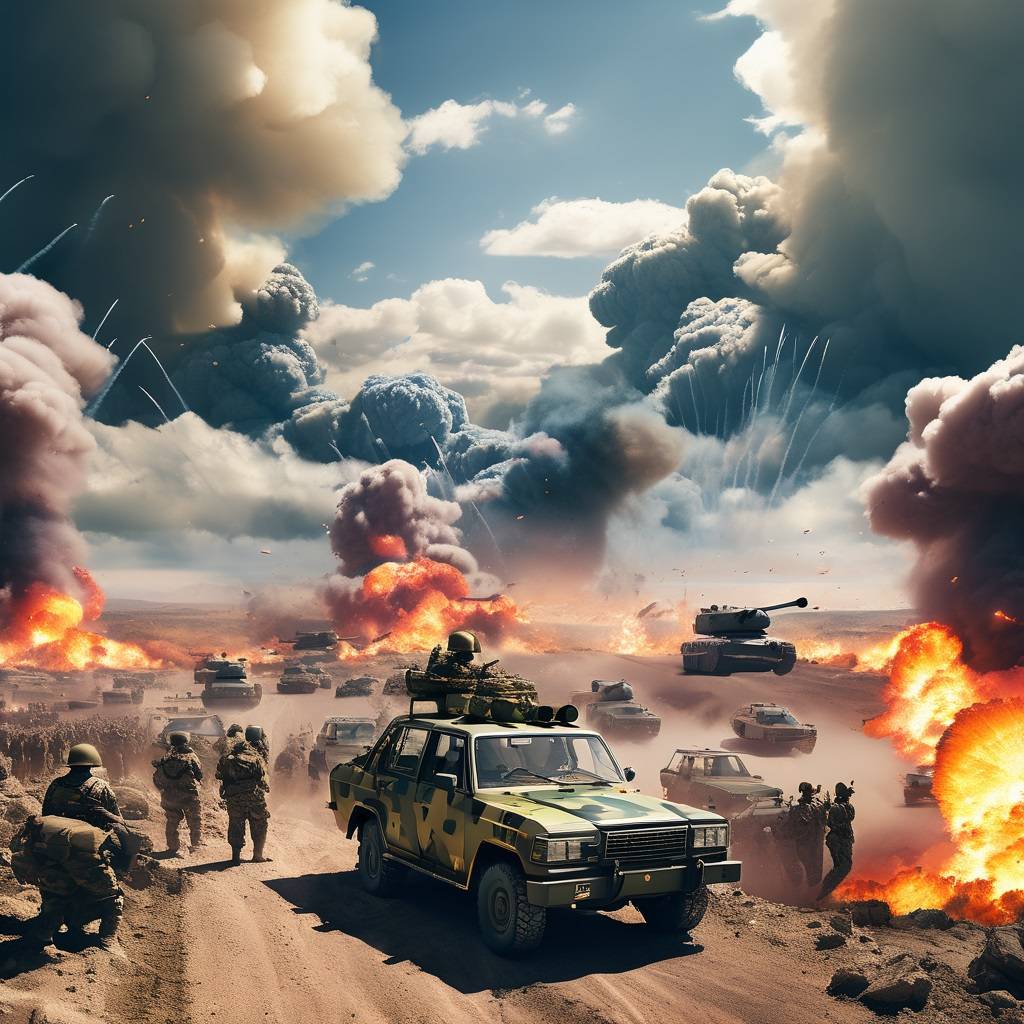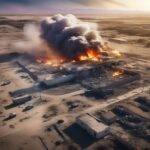The extent of Iran’s control over its affiliated armed groups in the Middle East is a topic of increasing concern, particularly in the wake of an attack on a U.S. base in northwest Jordan by an Iranian-backed Iraqi militia. This incident has raised questions about the degree of influence Tehran wields over these groups and the potential ramifications for regional stability.
Common Goals and Varied Relationships
While Iranian-backed groups share common goals, such as the desire for the U.S. military to exit the region and a reduction in Israel’s power, each militia has its own history and relationship with Tehran. Most of these groups, following the Shiite branch of Islam like Iran, have received weapons, training, financing, and support from Tehran, with evidence gathered through weapons seizures, foreign asset tracing, and intelligence gathering.
Diversified Support Mechanisms
Iran’s support extends to providing weapons, training, and financing, with some training outsourced to Hezbollah in Lebanon. Recent developments indicate that Iran is facilitating the militias in obtaining weapons parts independently and even engaging in manufacturing or retrofitting activities. Furthermore, many of these groups, similar to Hamas, have diversified revenue streams, engaging in both legal activities such as construction and illegal ventures like kidnapping and drug smuggling.
Limited Direct Control
Contrary to assumptions, experts suggest that Iran does not necessarily have absolute control over when and where these militias launch attacks on Western and Israeli targets. While Iran can influence their actions and, in some cases, halt strikes, the militias often pursue their own agendas aligned with their respective home countries.
Case Studies: Houthi Movement and Hezbollah
The Houthi movement in Yemen, for instance, showcases its strength and prowess by targeting major powers and aligning with Iran’s anti-Israel stance. On the other hand, Hezbollah in Lebanon, with long-standing ties to Iran, considers the risks of Israeli reprisals on Lebanese civilians before deciding on attacks against Israel.
Weaponry and Financial Support
Iran provides a diverse range of weapons to these groups, including light arms, rockets, ballistic and cruise missiles, and increasingly sophisticated drones. The financial support, estimated at $700 million annually for Hezbollah, also includes direct cash subsidies and in-kind funding, such as oil. The provision of smaller direct cash subsidies has become more prevalent in recent years, possibly due to Iran’s financial constraints imposed by U.S. and international sanctions.
Varied Messages to Different Audiences
Iran adopts a nuanced approach in its communication about the militias, tailoring its messages to different audiences. Domestically and within the Middle East, Iran presents the “Axis of Resistance” as under its leadership. In contrast, when addressing Western audiences, Iran contends that while the groups share similar views, it does not direct their actions.
Navigating the Gray Zone
The dynamics between Iran and its affiliated militias form a complex and multifaceted relationship, often characterized by ambiguity. Iran strategically navigates a gray zone, presenting different narratives to different audiences, allowing it to maintain influence while avoiding direct culpability for the actions of these armed groups. Understanding this intricate web of relationships is crucial for policymakers seeking to address the regional challenges posed by Iran’s military influence in the Middle East.








Leave a Reply